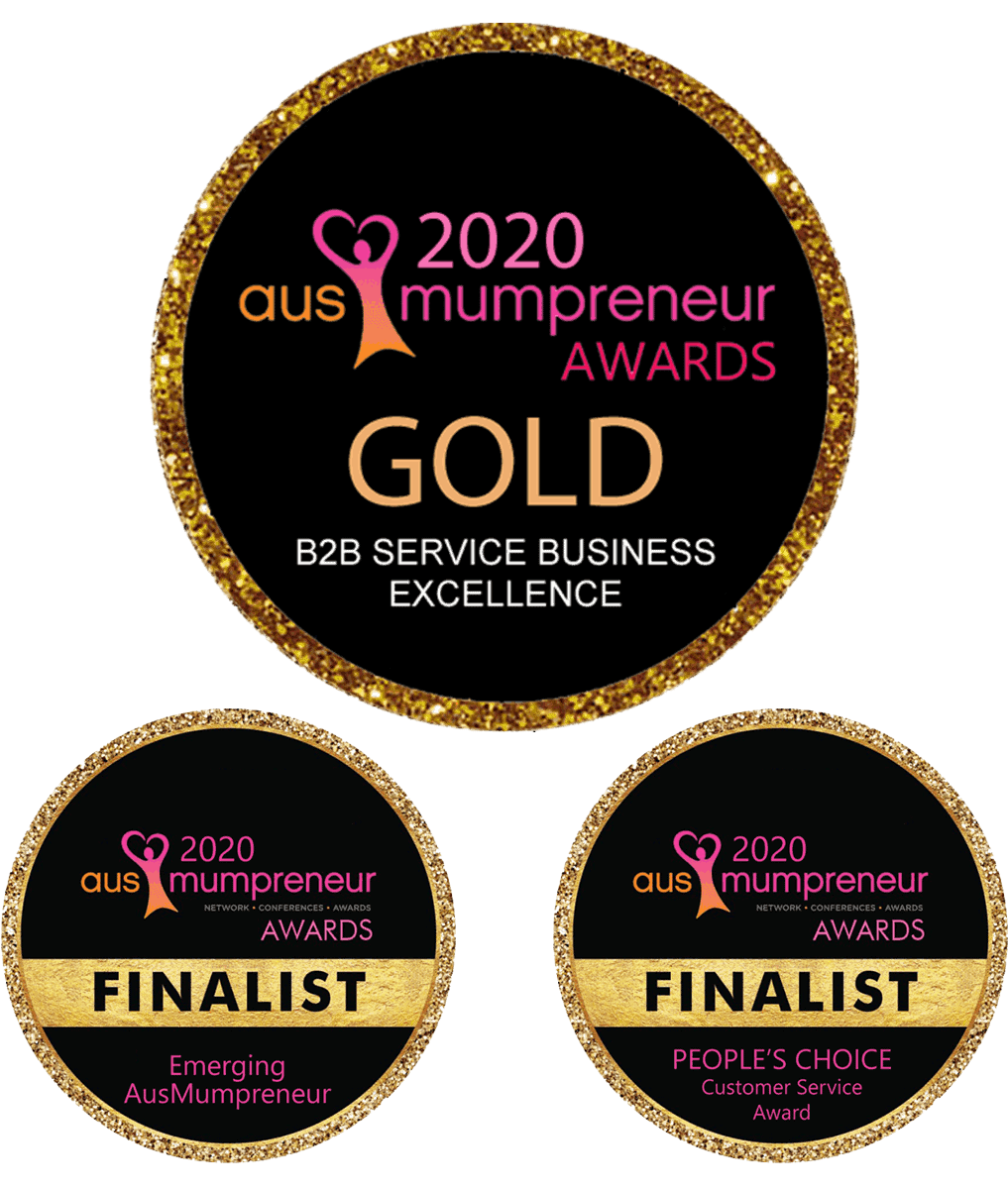Starting a business can feel overwhelming—like standing at the base of a mountain wondering, “Where do I even begin?” Don’t worry—you’re not alone! Here’s a step-by-step guide to help you launch your Aussie business legally and efficiently, with a few time-saving tips along the way.
Step 1: Choose Your Business Structure
Your business structure is the foundation of your venture. Are you planning to be a sole trader, start a company, or form a partnership? Each structure has its own pros, cons, and tax implications. Think of it like dating—you want to choose the option that aligns with your goals and won’t break your bank account.
Here’s a quick breakdown:
- Sole Trader: Simple and cost-effective. Great for solo operations but offers limited liability protection.
- Company: Provides liability protection but comes with extra paperwork and compliance obligations.
- Partnership: Useful if you’re collaborating, but ensure all partners are aligned with a clear legal agreement—think of it as a business prenup!
Pro Tip: If you’re unsure which structure is best, get expert advice early. Starting with the right setup will save you from costly legal changes later.
Step 2: Register for an ABN
Your Australian Business Number (ABN) is like a passport for your business—it proves you’re legit. The best part? It’s free and takes less than 10 minutes to register online. However, skipping this step could invite some awkward chats with the Australian Tax Office (ATO).
Tips for registering your ABN:
- Have your business structure and trading name ready to speed up the process.
- Check if your preferred business name is available before committing to it. Avoid printing business cards or building a website without double-checking!
Step 3: Register Your Business Name and Trademark
If you’re trading under a name other than your own, you’ll need to register that business name. But that’s not enough to fully protect your brand—enter the trademark. Registering a trademark gives you exclusive rights to your business name and logo across Australia.
Why is trademarking important?
Without it, someone else could legally use your business name. One of my clients learned this the hard way when someone almost took her business name. Protecting your brand with a trademark is like adding armor to your business.
Step 4: Get Your Legal Documents in Order
This is where you put your legal shields in place. Essential documents like contracts, refund policies, and privacy policies protect you from disputes and misunderstandings. Imagine a client ghosting you without paying—having a solid contract can save you from that headache.
Must-have legal documents:
- Client Contracts: Always have one before starting work.
- Refund Policies: Keep them clear to avoid customer disputes.
- Privacy Policies: If you’re collecting customer data, it’s often a legal requirement to have one.
If you need help, check out fixed-cost legal services that simplify the process.
Step 5: Stay Legally Compliant
Compliance might not sound glamorous, but staying on the right side of the law is crucial for business success. This includes registering for GST (if your revenue exceeds $75,000 annually), understanding Australian Consumer Law (ACL), and managing customer data responsibly.
Quick wins for compliance:
- Familiarise yourself with refund and advertising rules under the ACL.
- Ensure your website includes clear terms and conditions to protect both you and your customers.
Skipping this step could result in hefty fines or legal troubles—not exactly the kind of business challenge you want!
Your Next Steps
You’ve got the basics—now it’s time to take action!
- Choose your business structure.
- Register your ABN and business name.
- Protect your brand with a trademark.
- Get your legal documents sorted.
- Stay compliant to avoid future issues.
If you found this guide helpful, be sure to share it with a fellow entrepreneur who needs a little legal TLC. For more in-depth advice on contracts, trademarks, or compliance, feel free to reach out or leave a comment below.
Now, go kick those business goals—you’ve got this!






